Biodiversity Conservation
“Whatever we do to protect the number and variety of plants and animals is known as biodiversity conservation”
In-situ biodiversity conservation (Natural Home)
- Identification of an area with high biodiversity (area having a lot of variety of plants and animals)
- Isolation and protection of this area from human activities by establishing a natural park/sanctuary/biosphere reserve
- Very essential for big animals like elephants, rhinos, tigers as they require huge area.
National Parks
- Relatively large area consisting of one or more ecosystems, operates at National Level
- No human activity or settlement allowed i.e. human interference is totally prohibited
- Villagers cannot graze their animals
- Extremely strict rules about jungle produce collection for ex. Honey.
National Parks |
State |
Key Species |
| Dachigam National Park | J & K | Hangul/Kashmiri Stag |
| Great Himalayan National Park | Himachal Pradesh | Blue sheep, Snow leopard, Musk Deer |
| Rajaji National Park | Uttarakhand | Tigers |
| Valley of flowers National Park | Uttarakhand | Snow Leopard, Flora |
| Corbett National Park | Uttarakhand | Tigers |
| Nanda Devi National Park | Uttarakhand | |
| Chandra Prabha National Park | UP | |
| Dudhwa tiger Reserve | UP | Tigers |
| Ranthambore National Park | Rajashthan | Tigers |
| Keoladeo National Park | Rajashthan | Birds & Deers |
| Sariska National Park | Rajashthan | Tigers |
| Desert National Park | Rajashthan |
National Parks |
State |
Key Species |
| Palamu National Park | Jharkhand | Tigers |
| Betla National Park | Jharkhand | bison, elephant, tiger, leopard, axis-axis |
| Dalma Wildlife Sanctuary | Jharkhand | Elephants |
| Sundarbans National Park | West Bengal | Tigers |
| Kanchenjunga National Park | Sikkim | Musk Deer, Snow Leopard |
| Balpakhram National Park | Meghalaya | Elephants, Golden cat |
| Manas National Park | Assam | Tigers, Elephants |
| Kaziranga National Park | Assam | One-Horned Rhinoceroses |
| Nameri National Park | Assam | Elephants |
| Mouling National Park | Arunachal Pradesh | Red Panda |
| Namdapha National Park | Arunachal Pradesh | Red Giant Flying Squirrel |
| Keibul Lamjao National Park | Manipur | Only floating park in the world, Famous for Sangai or Dancing Deers |
| Bandhavgarh National Park | MP | Tigers |
| Kanha National Park | MP | Tigers |
| Pench National Park | MP | Tigers |
| Madhav National Park | MP | |
| Panna National Park | MP | Tigers |
| Indravati National Park | Chhattisgarh | Tiger & wild Buffalo |
| Gir National Park | Gujrat | Asiatic Lion |
| Marine National Park | Gulf of Kutch | |
| Wild Ass Wildlife Sanctuary | Rann of Katch | Wild Ass |
| Simlipal National Park | Odisha | Tigers |
| Chilka Lake Bird Sanctuary | Odisha | |
| Melghat Tiger Reserve | Maharashtra | Tigers |
| Dr. Salim Ali Bird Sanctuary | Goa | |
| NagarJuna National Park | Andhra Pradesh | Tigers |
| Bandipur National Park | Karnataka | Tigers |
| Nagarhole National Park | Karnataka | Tigers & Elephants |
| Banerghatta National Park | Karnataka | Tigers |
| Silent Valley National Park | Kerala | |
| Wayanad Wildlife Sanctuary | Kerala | Tigers |
| Periyar National Park | Kerala | Tigers & Elephants |
| Parambikulam Tiger Reserve | Kerala | Tigers |
Wildlife Sanctuary
- Regulated human activities are allowed > Grazing of animals, Firewood collection, Tourism
- can be created for a particular specie which is not the case with national; operates at State Level
- A sanctuary can be upgraded to a national park but not vice versa
Also read: Biodiversity and Biodiversity Hotspots
Biosphere Reserve
- Unique ecosystem of terrestrial & coastal areas internationally recognized by UNESCO under Man and Biosphere (MAB) programme
- People are allowed to live, own private land & carry own traditional activities but only in outer zone
Biosphere reserves are globally considered as:
- Sites of excellence where new & optimal practices to manage nature & human activities are tested & demonstrated;
- Tools to help countries implement the results of the World Summit on Sustainable Development in particular, of CBD & its Ecosystem Approach.
- Learning sites for the UN Decade on Education for Sustainable Development
After their designation, biosphere reserves remain under national sovereign jurisdiction, yet they share their experience and ideas nationally, regionally and internationally within the World Network of Biosphere Reserves
To carry out the complementary activities of biodiversity conservation and sustainable use of natural resources, biosphere reserves are traditionally organized into three interrelated zones:
| Core zone |
|
| Buffer zone |
|
| Transition zone |
|
Man and the Biosphere Programme
- Launched in 1971, UNESCO’s Man and the Biosphere Programme (MAB) is an Intergovernmental Scientific Programme that aims to establish a scientific basis for the improvement of relationships between people and their environments along with rational and sustainable use & conservation of the resources of the biosphere
- Predicts the consequences of today’s actions on tomorrow’s world and thereby increases people’s ability to efficiently manage natural resources for the well-being of both human populations and the environment
- Promotes the exchange and transfer of knowledge on environmental problems and solutions, and to foster environmental education for sustainable development
Biosphere reserves have three main aims viz.
- Conservation
- Economic development
- Research & education
Thus, biosphere reserves serve as living laboratories for testing & demonstrating integrated management of land, water and biodiversity.
Biosphere reserves of India |
|||
| Name | State | Key Fauna | |
| Nilgiri Biosphere Reserve | Tamil Nadu, Kerala, Karnataka | Lion-tailed macaque | |
| Gulf of Mannar Biosphere Reserve | TamilNadu | Sea Cow | |
| Sundarbans Biosphere Reserve | West Bengal | Bengal Tiger | |
| Nanda Devi Biosphere Reserve | Uttarakhand | ||
| Nokrek Biosphere Reserve | Meghalaya | Red Panda | |
| Pachmarhi Biosphere Reserve | Madhya Pradesh | Giant Squirrel, Flying Squirrel | |
| Simlipal Biosphere Reserve | Odisha | ||
| Achanakmar-Amarkantak Biosphere Reserve | Chhattisgarh, MP | ||
| Great Nicobar Biosphere Reserve | A & N | Saltwater Crocodile | |
| Khangchendzonga Biosphere Reserve | Sikkim | Snow Leopard, Red Panda | |
| Above 10/18 Biosphere reserves are under MAB of World Network of Biosphere Reserves under UNESCO | |||
| Manas Biosphere Reserve | Assam | Golden Langur, Red Panda | |
| Dibru-Saikhowa Biosphere Reserve | Assam | Golden Langur | |
| Dihang-Dibang Biosphere Reserve | Arunachal | ||
| Agasthyamalai Biosphere Reserve | Kerala, Tamilnadu | Nilgiri Tahrs, Elephants | |
| Great Rann of Kutch Biosphere Reserve | Gujrat | Indian Wild Ass | |
| Panna Biosphere Reserve | MP (Latest one in 2011) | Tiger, Chital, Chinkara, Sambhara, Sloth bear | |
| Seshachalam Hills Biosphere Reserve | Andhra Pradesh | ||
| Cold Desert | Himachal | Snow Leopard | |
Ex-Situ biodiversity conservation (Artificial home)
Seed Banks
- Store seeds at extremely low temperature & humidity
- Advantage > can save large variety of plant species in a very small space
- Problems > Every seed has an expiry date; you cannot store it for an indefinite time. So every once in a while, you have to take out the seeds, germinate them and get new seeds and store them again
- Multinational companies such as Monsanto have excellent infrastructure for these activities, but they care for only storing the seeds of commercially viable species like Wheat, maize, rice, potato etc.
- They have no interest in protecting some unknown grass or jungle fruits which are on the verge of extinction, hence this duty falls under the government agencies
Central Zoo Authority of India
- Enforces minimum standards and norms for upkeep and health care of animals in Indian Zoos
- Restrains mushrooming of unplanned and ill-conceived Zoos that were cropping up as adjuncts to public parks, industrial complexes and waysides.
Zoos
- Bring some endangered species in zoo, breed them, and reintroduce their offspring in jungle ex. Pandas, Orangutans etc.
Problems
- Not all species can breed in captivity
- Life expectancy of Caged Ex-situ animal is less than its in-situ cousin
- Offspring born in captivity, have problems in adjusting & surviving in jungles
- Zoos require huge land, lot of funds, trained personnel.
- Zoos concentrate on protection and breeding of big and popular species such as Tiger, Panda, orangutans, etc. as it brings more public support and funds, But small and unknown species such as frogs and birds gets neglected.
Botanical Gardens
- An establishment where plants are collected, cultivated and displayed off to public with their botanical names for scientific study purposes.
Other Prominent Related Reserves
| Reserved Forest |
|
| Protected Forest |
|
| Conservation Reserves |
|
| Community Reserves |
|
Legal Aspects
| Reserve Forests & Protected Forests |
|
| National Parks, Sanctuaries, Conservation Reserves and Community Reserves |
|
| National Parks and Conservation Reserves |
|
| All of the above are notified by state governments (even National Parks- the name can be misleading). Central government is involved in the notification only if the protected area includes territorial waters or when the land belongs to the Central government. | |
| Biosphere Reserves |
|
| Tiger Reserves |
|
If you’re passionate about building a successful blogging website, check out this helpful guide at Coding Tag – How to Start a Successful Blog. It offers practical steps and expert tips to kickstart your blogging journey!
For dedicated UPSC exam preparation, we highly recommend visiting www.iasmania.com. It offers well-structured resources, current affairs, and subject-wise notes tailored specifically for aspirants. Start your journey today!
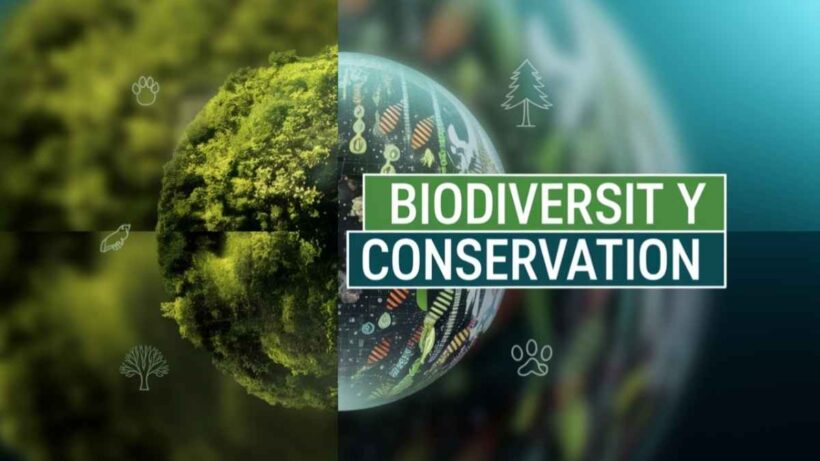
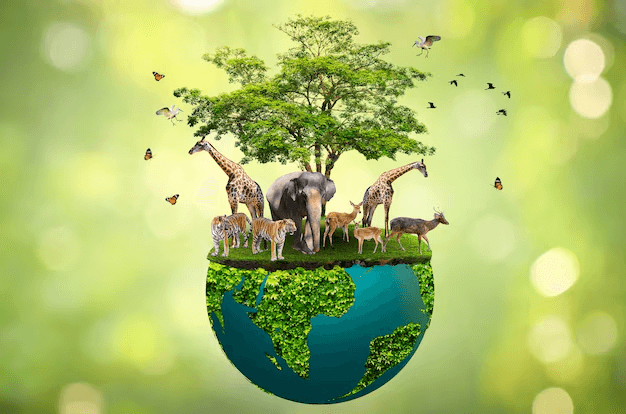




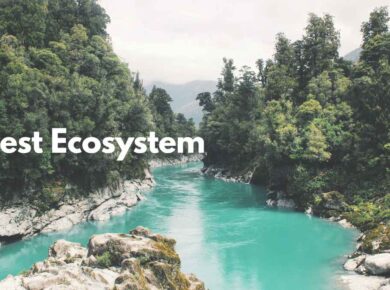
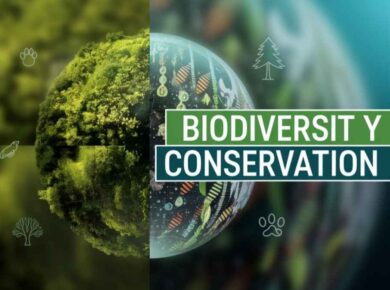
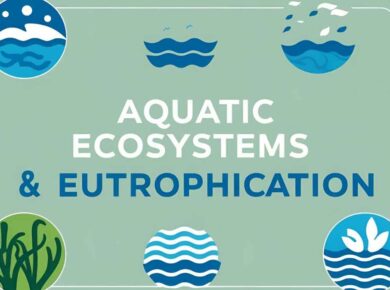
3 comments
Aruna DIDI——Dihang Dibang, Arunachal Pradesh
Simple si odhni—–Simplipal, Odisha
DIAS——Dibru Saikhowa, Assam
Major Badal(Megh) ki awaj creack(kreck-:nokrek)—–Nokrek, Meghalaya
Andhi chali—–Sesachalam, Andhra Pradesh
MAT pucho——M means Gulf of Mannar, A means Agasthmalai, T means TamilNadu. They both are in Tamil Nadu.
AAS—–Manas, Assam
Some obivous that does not require trick. These can be learnt just by seeing.
NandaDevi-Uttrakhand
Sunderbans-WestBengal
Great Nicobar-Andaman&Nicobar
Great Runn of Kutch-Gujrat
Cold Desert Biosphere reserve-Himachal Pradesh
Only two Biosphere reserves you need to remember-:
Panchamarhi-Madhya Pradesh
Achanakmar Amarkantak-Madhya Pradesh and Chattisgarh
List of Indian biosphere reserve in the UNESCO’s world network of biosphere reserve is not correct….
Khangchendzonga Biosphere Reserve Added!!!